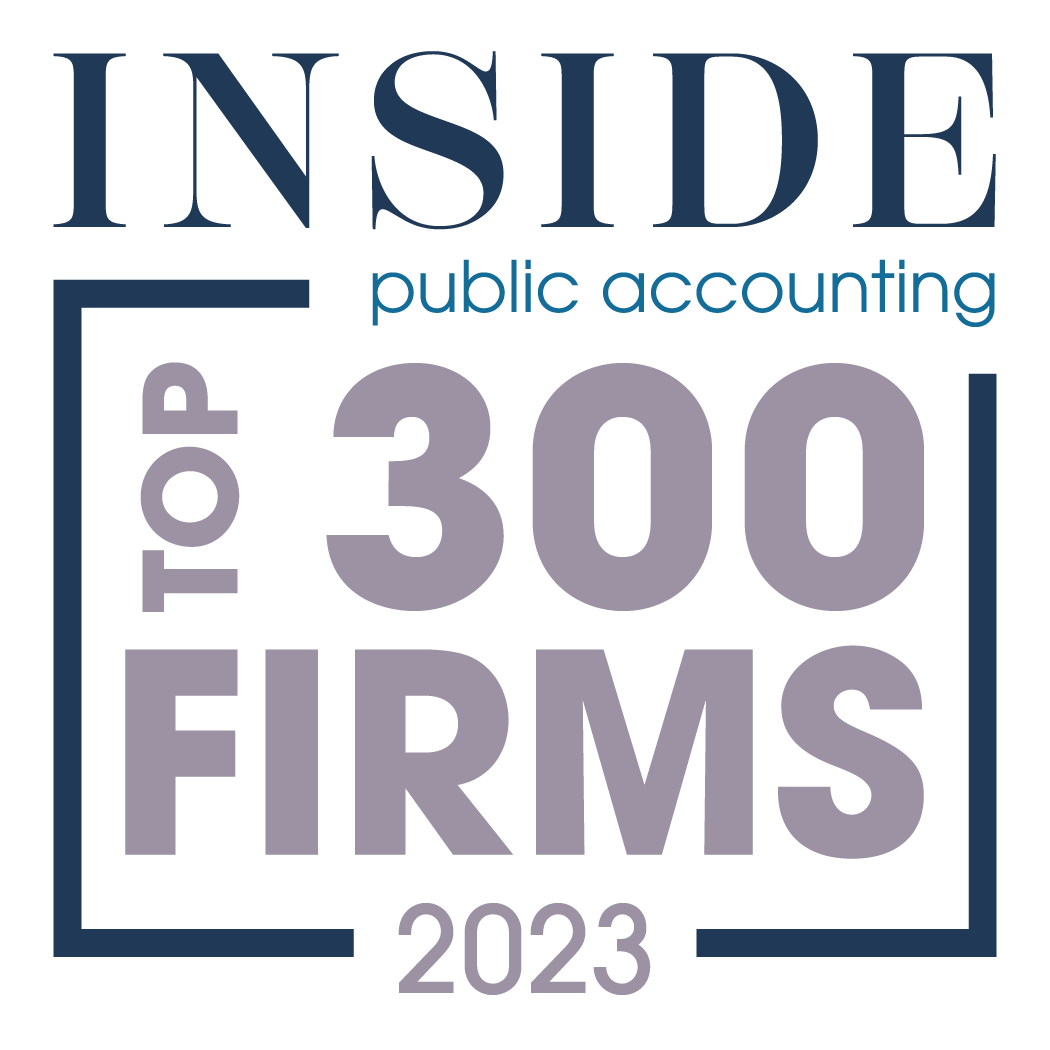Forecasts vs. projections: What’s the big difference?

Financial statements consider past results. But there are occasions when you need forward-looking reports, like forecasts and projections, to:
- Support your company’s application for a loan
- Assess the sustainability of a turnaround strategy
- Make strategic investment decisions.
In today’s uncertain market, your accountant can assist in making sure the hypotheses supporting future financial statements make sense.
Forecasts vs. Projections
When creating forward-looking financials, you generally have two options under AICPA Attestation Standards Section 301, Financial Forecasts and Projections:
1. Forecast. To the best of the responsible party’s knowledge and belief, prospective financial statements present an entity’s expected financial position, results of operations, and cash flows. A financial forecast is based on the responsible party’s assumptions reflecting the conditions it expects to exist and the course of action it expects to take.
2. Projection. Prospective financial statements that present, to the best of the responsible party’s knowledge and belief, given one or more hypothetical assumptions, an entity’s expected financial position, results of operations, and cash flows. A financial projection
is sometimes prepared to present one or more hypothetical courses of action for evaluation in response to a question such as, “What would happen if … ?”
Subtle difference
Sometimes, the words “forecast” and “projection” are synonymous. But there is a significant difference: a forecast represents anticipated outcomes based on an expected course of action. These prospective reports are the most typical kind for businesses with consistent previous performance that want to keep things as they are.
On the other hand, a projection makes predictions about the business’s anticipated outcomes based on different speculative circumstances that may or may not materialize. When management is unsure about the likelihood of meeting performance goals, these comments are frequently employed. There is considerable potential that consumer demand or market conditions could change over time. They may, therefore, be ideal for start-ups or when reviewing results over a more extended period.
Critical components
The report will typically have the same style as your financial statements, regardless of whether you choose a forecast or projection. That includes an income statement, balance sheet, and cash flow statement. In addition, most prospective statements conclude with a statement of critical assumptions that underlie the numbers. Your company’s historical financial accounts and a thorough annual sales budget are the foundation for many of your assumptions.
Some businesses now employ rolling 12-month versions. These are adjustable and look beyond year-end rather than relying on static forecasts or projections, which can soon become outdated in a turbulent market. This version enables you to spot and address gaps in your presumptions and unforeseen industry changes. For instance, until circumstances improve, a manufacturer with a raw material scarcity can see an unexpected decline in sales. The business would be able to adjust its preparations for such a brief disruption if it keeps a rolling forecast.
Running a successful business requires careful planning for the future. Unfortunately, in these uncertain times, there is no guarantee that a forecast or projection to be 100% accurate. However, we can assist you in weighing your options for releasing upcoming financial statements. We can also help provide you with new, unbiased perspectives on your company’s potential developments. Contact our RRBB accountants and advisors today.
© 2022
RRBB eNEWSLETTER
Get free tax planning and financial advice

